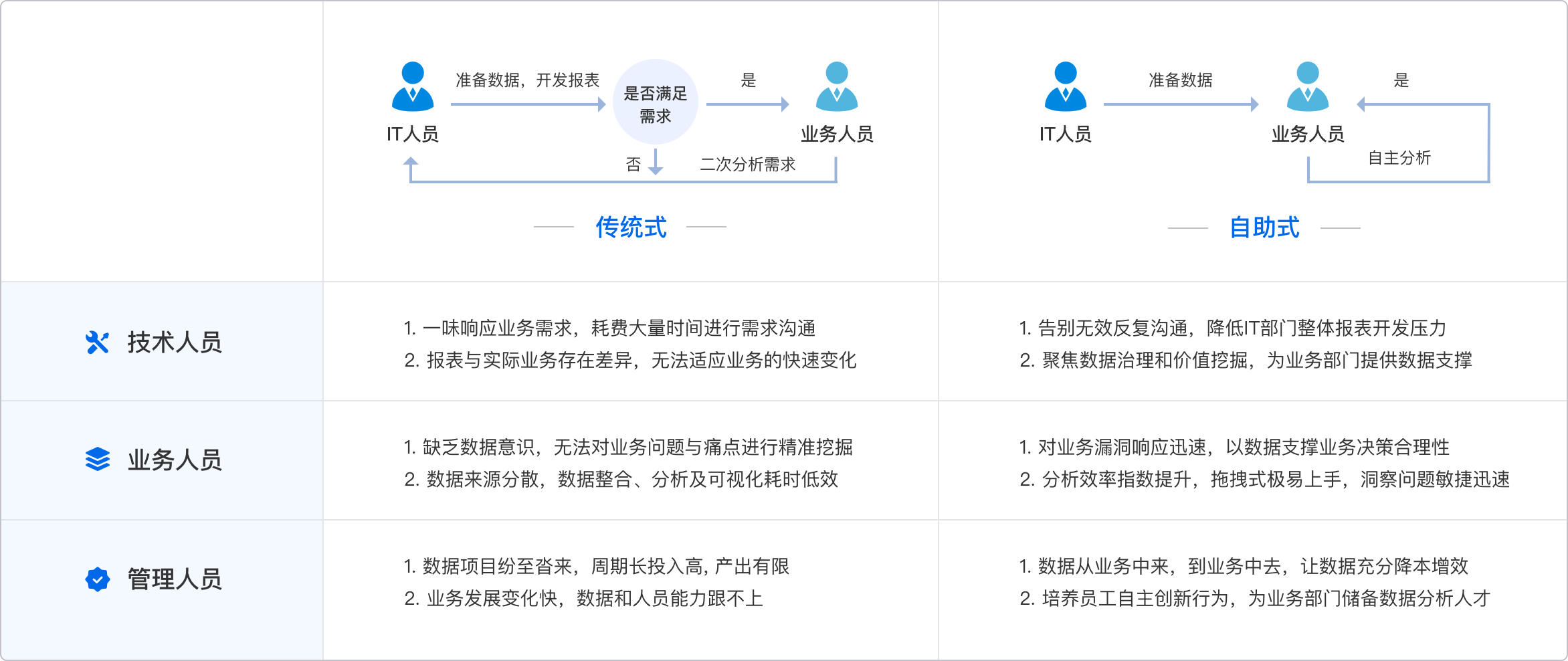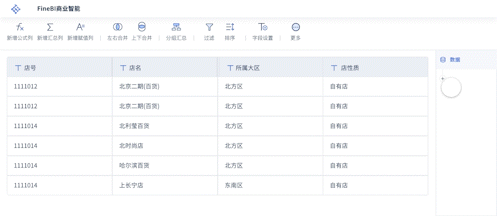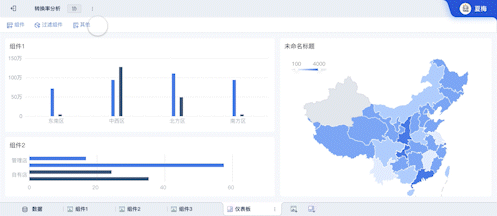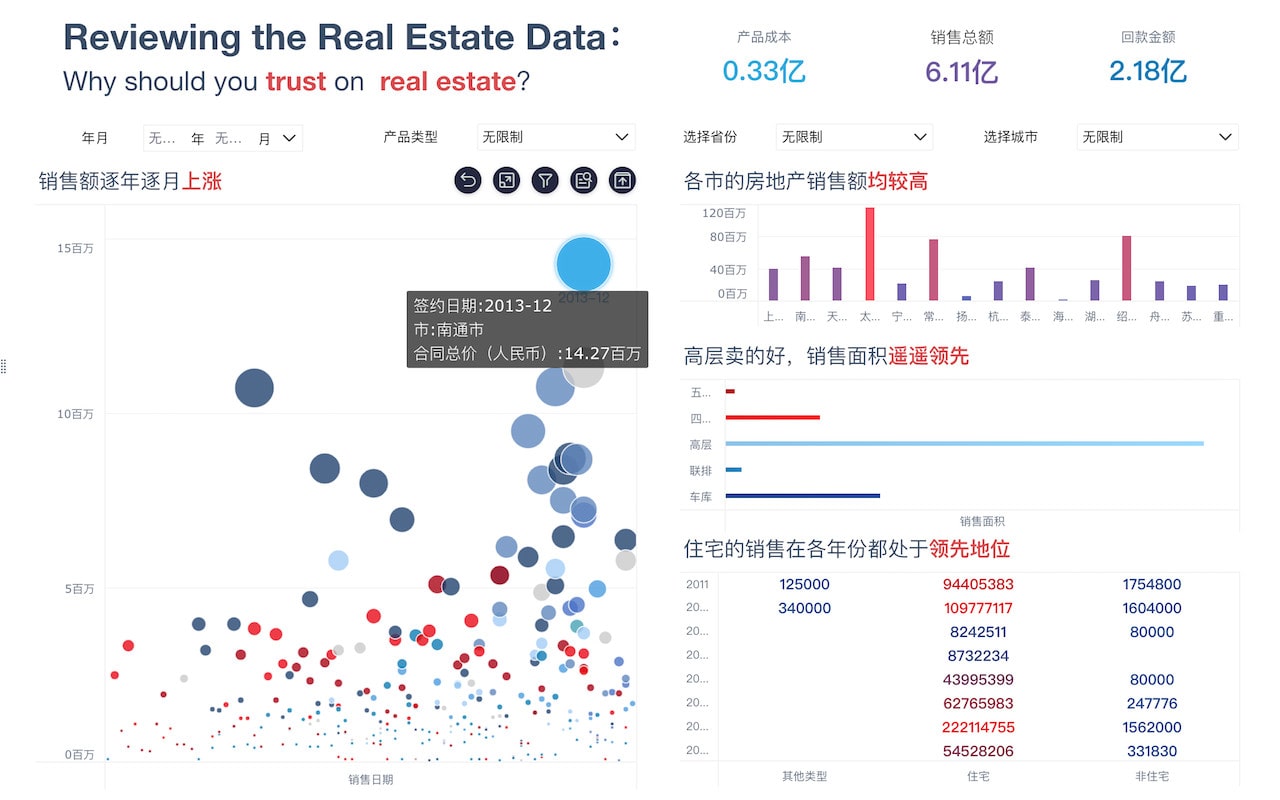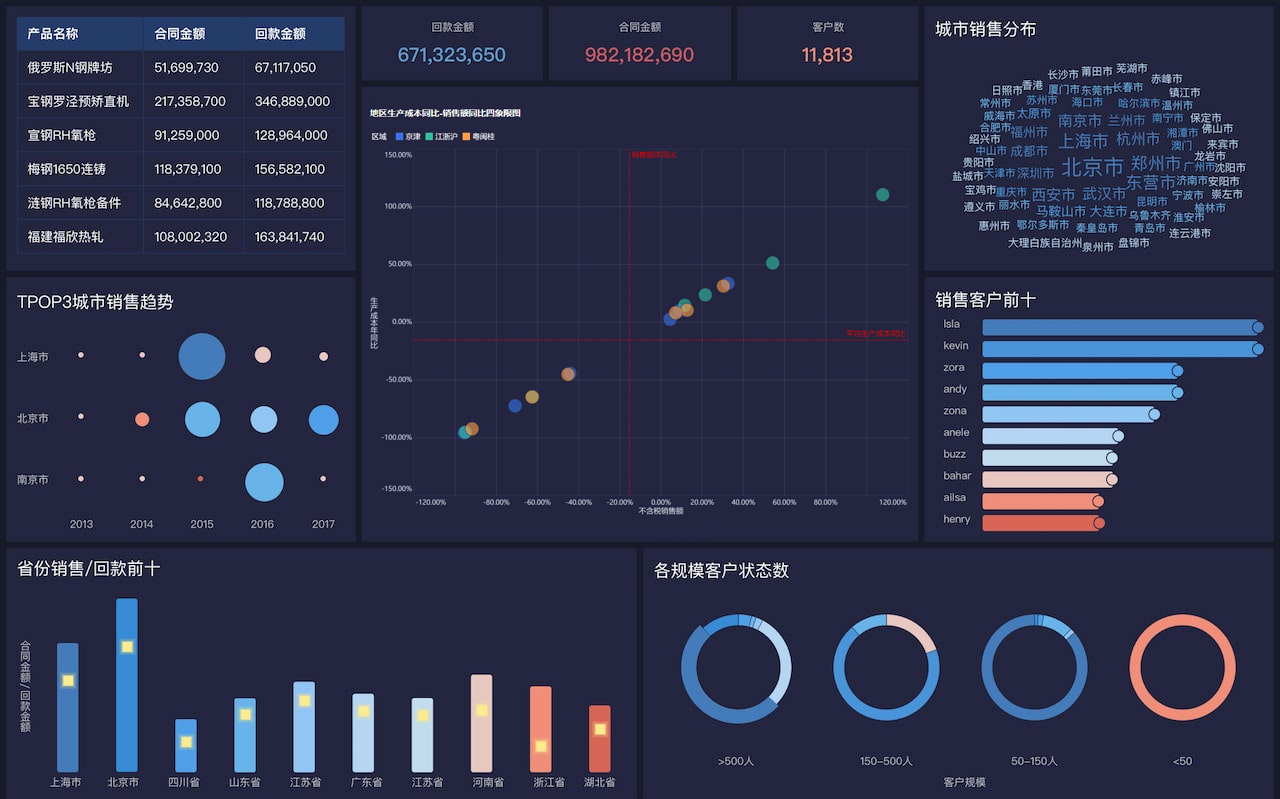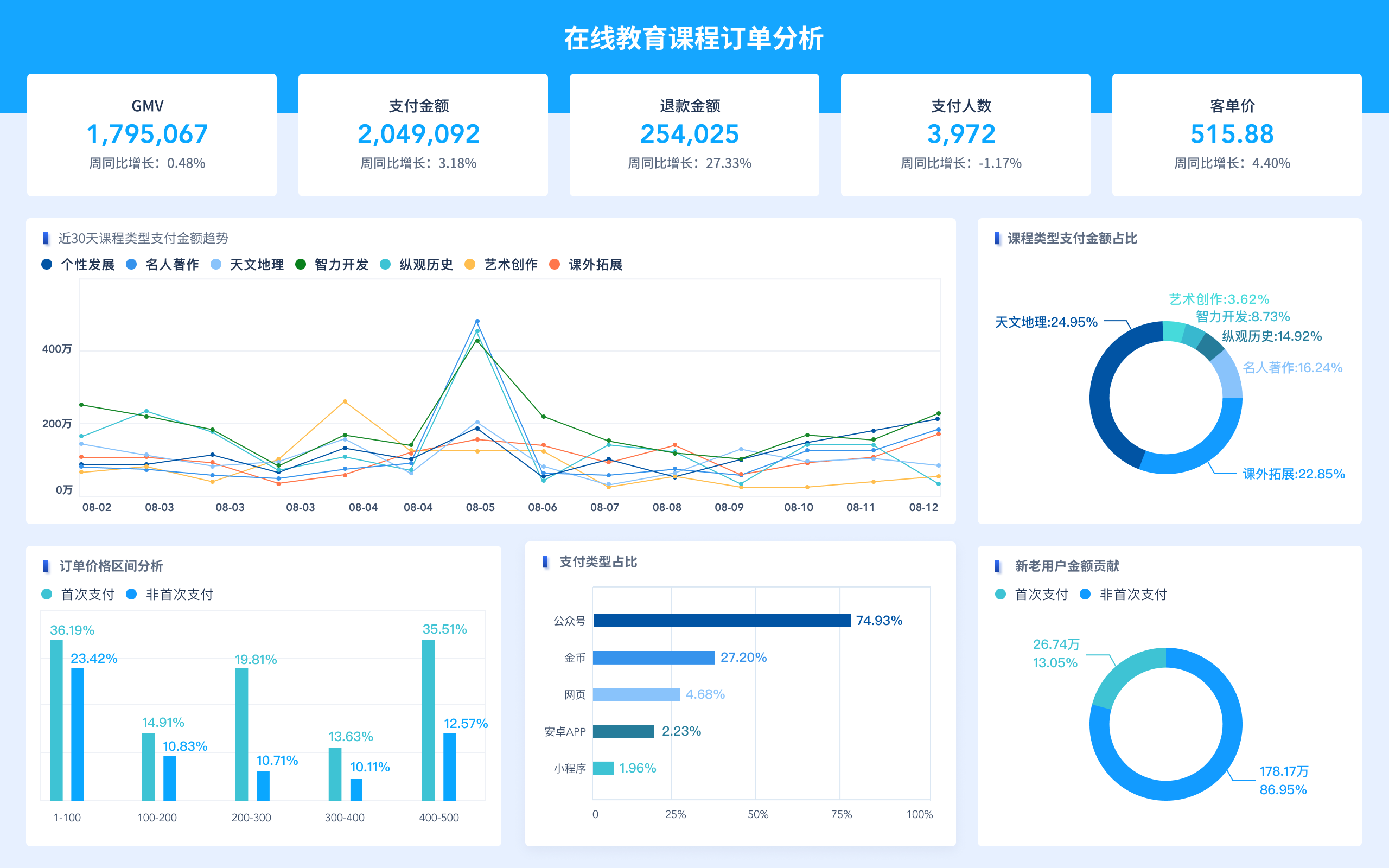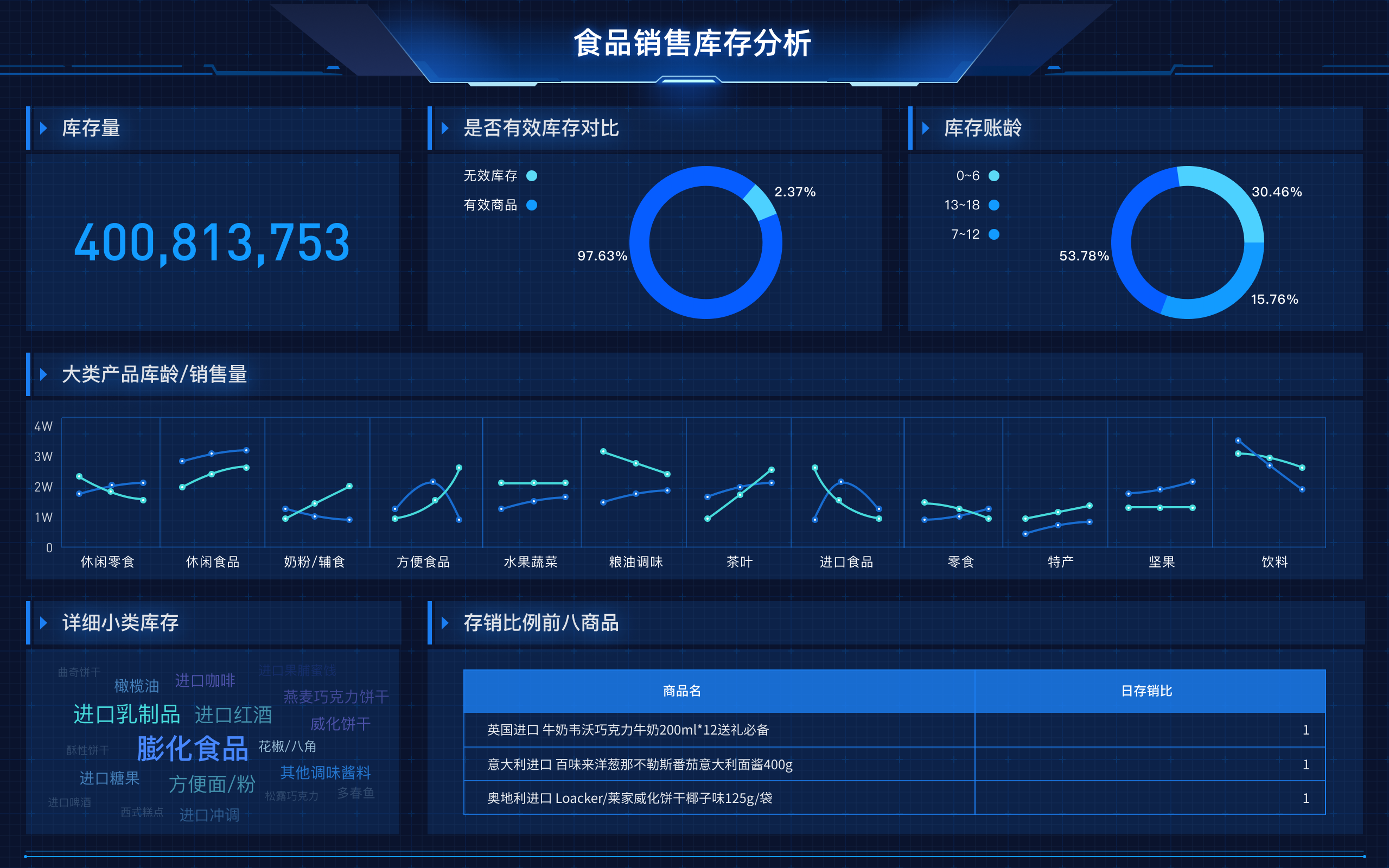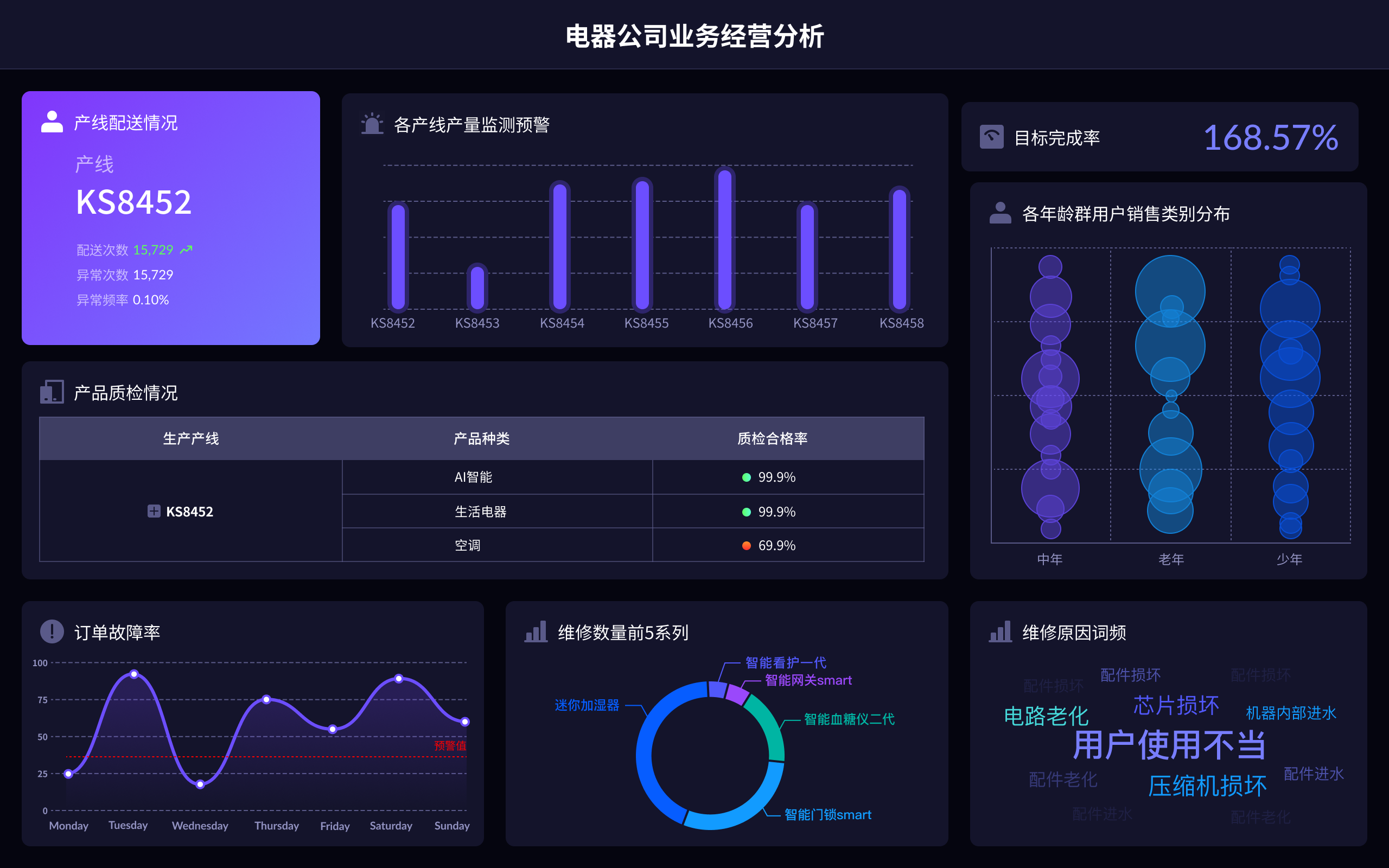
大数据分析热词有哪些英语? 大数据分析领域的常见热词包括Big Data、Data Mining、Machine Learning、Artificial Intelligence、Data Science、Predictive Analytics、Hadoop、NoSQL、Data Visualization、Cloud Computing。其中,Big Data是最基础的概念,指的是体量巨大、类型多样、处理速度快的数据集合。Big Data的重要性在于它能够通过对大量数据的收集、存储和分析,帮助企业做出更明智的决策。企业可以利用大数据分析来发现市场趋势、优化运营流程和提高客户满意度,从而获得竞争优势。
一、BIG DATA
Big Data是指无法用传统数据处理应用软件处理的数据集合。这些数据通常包含结构化、半结构化和非结构化数据,数据量巨大且增长迅速。Big Data的价值在于其潜在的信息,可以通过分析这些数据来发现有用的模式、趋势和关联,从而为决策提供依据。大数据的四个关键特征是量(Volume)、速度(Velocity)、多样性(Variety)和真实性(Veracity)。
量(Volume):大数据的首要特征是其庞大的数据量。传统的数据处理技术难以处理如此巨大的数据集。
速度(Velocity):大数据生成和处理的速度非常快。例如,社交媒体平台每天都会产生海量的用户数据。
多样性(Variety):大数据包含多种类型的数据,包括文本、图像、视频等。
真实性(Veracity):大数据的真实性指数据的质量和准确性。由于数据来源多样,数据的真实性问题尤为重要。
二、DATA MINING
Data Mining是指从大量数据中提取有用信息和知识的过程。它通过数据预处理、数据变换、数据挖掘和结果解释等步骤来实现。Data Mining的目的是发现数据中的隐藏模式和关系,从而为企业决策提供支持。常见的Data Mining技术包括分类、聚类、关联规则挖掘和回归分析。
分类:分类是将数据项分配到预定义类别中的过程。常用的分类算法有决策树、支持向量机和朴素贝叶斯分类器。
聚类:聚类是将相似的数据项分组的过程。常用的聚类算法有K-means聚类和层次聚类。
关联规则挖掘:关联规则挖掘用于发现数据项之间的关联关系。常见的算法有Apriori算法和FP-Growth算法。
回归分析:回归分析用于预测数值型数据的关系。常用的回归算法有线性回归和逻辑回归。
三、MACHINE LEARNING
Machine Learning是人工智能的一个分支,涉及让计算机通过数据学习和改进。它通过构建模型来识别数据中的模式,从而进行预测或决策。Machine Learning算法可以分为监督学习、无监督学习和强化学习。
监督学习:监督学习通过已标注的数据集来训练模型,常见的算法包括线性回归、逻辑回归、决策树和支持向量机。
无监督学习:无监督学习通过未标注的数据集来训练模型,常见的算法包括K-means聚类和主成分分析。
强化学习:强化学习通过奖励和惩罚机制来训练模型,常见的算法包括Q学习和深度Q网络。
四、ARTIFICIAL INTELLIGENCE
Artificial Intelligence(AI)是指计算机模拟人类智能的能力。AI通过机器学习、自然语言处理、计算机视觉等技术来实现。AI在大数据分析中的应用非常广泛,包括自动化数据处理、智能预测和优化。
自动化数据处理:AI可以自动化处理和分析大量数据,从而提高效率和准确性。
智能预测:AI通过分析历史数据,能够进行精确的预测。例如,在金融领域,AI可以预测股票价格的走势。
优化:AI可以优化企业的运营流程,从而提高生产效率和降低成本。
五、DATA SCIENCE
Data Science是一门融合了统计学、计算机科学和领域知识的学科,旨在从数据中提取有价值的信息。Data Science涉及数据收集、数据清洗、数据分析和数据可视化等多个步骤。
数据收集:数据科学家需要从各种来源收集数据,包括数据库、网络爬虫和API。
数据清洗:收集到的数据通常包含噪声和缺失值,需要进行清洗和预处理。
数据分析:数据科学家使用统计学和机器学习技术对数据进行分析,发现有用的模式和关系。
数据可视化:数据科学家通过数据可视化工具,将分析结果以图表的形式展示,从而更直观地传达信息。
六、PREDICTIVE ANALYTICS
Predictive Analytics是通过数据分析技术,预测未来事件的可能性。它利用历史数据和统计模型来进行预测。Predictive Analytics在金融、医疗、市场营销等领域有广泛应用。
金融:在金融领域,预测分析可以用于信用评分、风险评估和投资决策。
医疗:在医疗领域,预测分析可以用于疾病预测、治疗效果评估和患者分诊。
市场营销:在市场营销领域,预测分析可以用于客户细分、市场需求预测和广告投放策略。
七、HADOOP
Hadoop是一个开源的大数据处理框架,能够存储和处理大量数据。Hadoop的核心组件包括HDFS(Hadoop分布式文件系统)和MapReduce(分布式计算模型)。
HDFS:HDFS是一个分布式文件系统,能够存储大规模数据并提供高容错性和高吞吐量的数据访问。
MapReduce:MapReduce是一个分布式计算模型,能够将大规模数据处理任务分解为小任务,并在多台计算机上并行处理。
八、NOSQL
NoSQL是一类非关系型数据库,适用于大规模数据存储和处理。NoSQL数据库包括文档数据库、键值存储、列存储和图数据库。
文档数据库:文档数据库以文档的形式存储数据,常见的文档数据库有MongoDB和CouchDB。
键值存储:键值存储通过键值对的方式存储数据,常见的键值存储有Redis和DynamoDB。
列存储:列存储按列存储数据,常见的列存储有HBase和Cassandra。
图数据库:图数据库通过节点和边的方式存储数据,常见的图数据库有Neo4j和OrientDB。
九、DATA VISUALIZATION
Data Visualization是将数据以图形化形式展示的技术,旨在帮助用户更直观地理解数据。常见的数据可视化工具包括Tableau、Power BI和D3.js。
Tableau:Tableau是一款功能强大的数据可视化工具,支持多种数据源和图表类型。
Power BI:Power BI是微软推出的数据可视化工具,集成了数据分析和报告功能。
D3.js:D3.js是一个基于JavaScript的数据可视化库,能够创建高度自定义的图表。
十、CLOUD COMPUTING
Cloud Computing是指通过互联网提供计算资源和服务,包括存储、处理和网络等。云计算的三种主要服务模式是IaaS(基础设施即服务)、PaaS(平台即服务)和SaaS(软件即服务)。
IaaS:IaaS提供基础设施服务,如虚拟机、存储和网络,常见的IaaS提供商有Amazon Web Services(AWS)和Microsoft Azure。
PaaS:PaaS提供平台服务,如应用开发和部署环境,常见的PaaS提供商有Google App Engine和Heroku。
SaaS:SaaS提供软件服务,如在线办公和客户关系管理,常见的SaaS提供商有Salesforce和Office 365。
大数据分析热词涵盖了广泛的技术和概念,这些热词的掌握能够帮助企业更好地理解和利用大数据,从而提高决策质量和竞争力。
相关问答FAQs:
1. What are some popular terms related to big data analysis in English?
In the realm of big data analysis, there are numerous terms that have gained popularity due to their significance in the field. Some commonly used terms include:
-
Data Mining: This refers to the process of discovering patterns in large datasets to extract useful information. It involves various techniques such as clustering, classification, and regression.
-
Machine Learning: Machine learning is a subset of artificial intelligence that focuses on developing algorithms that enable computers to learn from and make predictions or decisions based on data.
-
Predictive Analytics: Predictive analytics is the practice of using statistical algorithms and machine learning techniques to identify the likelihood of future outcomes based on historical data.
-
Data Visualization: Data visualization involves presenting data in a graphical or visual format to help users understand complex datasets more easily. It includes tools such as charts, graphs, and dashboards.
-
Artificial Intelligence (AI): AI refers to the simulation of human intelligence processes by machines, especially computer systems. AI encompasses tasks such as speech recognition, natural language processing, and image recognition.
-
Internet of Things (IoT): The Internet of Things is a network of interconnected devices that can collect and exchange data. IoT devices generate large amounts of data that can be analyzed to derive insights and improve decision-making.
-
Cloud Computing: Cloud computing enables the storage and processing of data on remote servers accessed over the internet. It provides scalable and cost-effective resources for big data analysis.
-
Data Warehousing: Data warehousing involves the collection, storage, and management of large volumes of data from various sources. Data warehouses are designed to support business intelligence and analytics applications.
-
Hadoop: Hadoop is an open-source framework for distributed storage and processing of big data. It provides a scalable and reliable platform for handling large datasets across clusters of computers.
-
Natural Language Processing (NLP): NLP is a branch of artificial intelligence that focuses on enabling computers to understand, interpret, and generate human language. NLP is used in applications such as chatbots and sentiment analysis.
2. How are these terms relevant to big data analysis?
These terms are essential in the context of big data analysis as they represent various concepts, technologies, and methodologies that are commonly used to extract insights from large datasets. Data mining, machine learning, and predictive analytics are fundamental techniques for uncovering patterns and trends in data. Data visualization plays a crucial role in communicating findings and enabling decision-makers to understand complex information more easily.
Artificial intelligence and IoT are driving forces behind the generation of vast amounts of data, which necessitates advanced tools and technologies for analysis. Cloud computing provides the infrastructure and resources needed to store, process, and analyze big data efficiently. Data warehousing ensures that data is organized and accessible for analysis, while Hadoop offers a scalable solution for handling massive datasets.
Natural language processing enables the analysis of unstructured text data, opening up new possibilities for extracting insights from sources such as social media and customer feedback. Overall, these terms collectively represent the diverse landscape of big data analysis and underscore the importance of leveraging advanced technologies to derive value from data.
3. How can individuals and organizations benefit from understanding these terms in the context of big data analysis?
Understanding these terms in the context of big data analysis can provide individuals and organizations with several benefits:
-
Improved Decision-Making: By leveraging techniques such as data mining, machine learning, and predictive analytics, organizations can make data-driven decisions that are informed by insights derived from large datasets.
-
Enhanced Efficiency: Data visualization tools enable users to quickly grasp key findings and trends, leading to more efficient analysis and decision-making processes.
-
Competitive Advantage: By harnessing artificial intelligence, IoT, and other advanced technologies, organizations can gain a competitive edge by leveraging data in innovative ways to drive business growth and innovation.
-
Cost Savings: Cloud computing and data warehousing solutions offer cost-effective ways to store and analyze large volumes of data, eliminating the need for expensive infrastructure investments.
-
Personalization: Natural language processing and machine learning algorithms can be used to personalize customer experiences, tailor marketing campaigns, and improve overall customer satisfaction.
-
Scalability: Hadoop and other distributed computing frameworks provide scalable solutions for processing big data, allowing organizations to handle growing datasets without compromising performance.
Overall, a solid understanding of these terms and their relevance to big data analysis can empower individuals and organizations to unlock the full potential of their data assets and drive meaningful outcomes in various industries and domains.
本文内容通过AI工具匹配关键字智能整合而成,仅供参考,帆软不对内容的真实、准确或完整作任何形式的承诺。具体产品功能请以帆软官方帮助文档为准,或联系您的对接销售进行咨询。如有其他问题,您可以通过联系blog@fanruan.com进行反馈,帆软收到您的反馈后将及时答复和处理。


